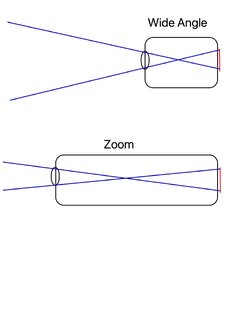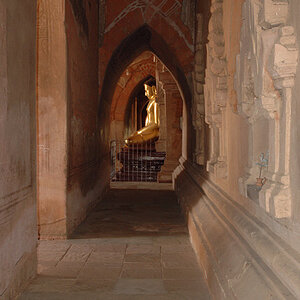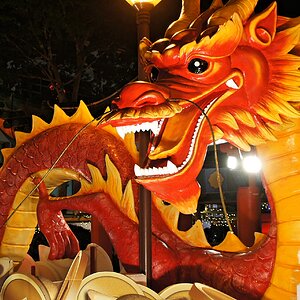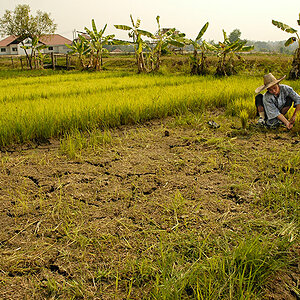Funboy
TPF Noob!
- Joined
- Dec 28, 2023
- Messages
- 4
- Reaction score
- 0
- Location
- Orange County, CA
- Can others edit my Photos
- Photos OK to edit
Hi guys,
I am confused about F2 lenses. From what I understand, zoom lenses have different focal lengths (like the 18-50mm right?), and prime lenses have a fixed focal length (like the 30mm f1.4), so then what are these F2 lenses (like the sigma 65mm F2 DG DN). Are prime lenses not considered autofocus lenses?
I tried searching before posting, but I think the question is so basic I couldnt really find anything
I am confused about F2 lenses. From what I understand, zoom lenses have different focal lengths (like the 18-50mm right?), and prime lenses have a fixed focal length (like the 30mm f1.4), so then what are these F2 lenses (like the sigma 65mm F2 DG DN). Are prime lenses not considered autofocus lenses?
I tried searching before posting, but I think the question is so basic I couldnt really find anything








![[No title]](/data/xfmg/thumbnail/33/33450-b94d8a06a911e01c39df688c57b4745e.jpg?1619735974)





